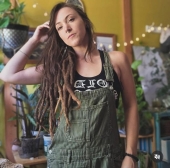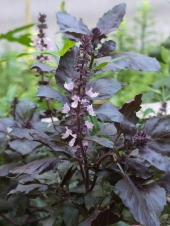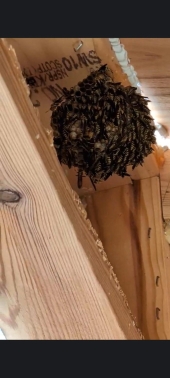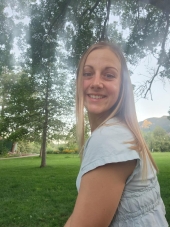I think my biggest obstacle is myself, I jump into projects without fully planning everything. As a result, I have spent a lot of time making changes to things. Like my greenhouse, which initially just had one room, until i decided to knock out the back wall to extended the space. I've spent a lot of time trying to grow melons but haven't had much success with them. The plants that are doing well are ones that I've bought from nurseries/hardware stores. I have a fig, two plums, and 4 blueberries that seem to be doing alright. I planted them last year and the blueberries have given me some fruit this year. I bought some tomato plants and those seem to be growing well too and I expect to get some fruit from those. I have started to amend the soil with biochar that I've made in a 55 gal drum and goat manure from the neighbors. I spread those out ontop of the soil where some of the existing plants are growing. I think biochar will make the soil alkaline so I haven't placed it near my blueberries. I know if I keep at it I will eventually get some returns, but I know things could be much better. Somebody recommended that I do a soil test and send it to the county to get a precise analysis. There are a lot of wild plants that I continually destroy to make space for my domesticated ones, like wild lettuce and giant ragweed which I've learned are edible. I've tried the wild lettuce but it is pretty bitter and I don't particularly like it. The giant ragweed supposedly produces tasty edible seeds but I haven't tried it yet. I feel like I am being counterproductive by destroying edible plants to grow domesticated melons and not even having success 😅. I am trying to dry lumber in my greenhouse which is now overrun with wasps haha! I wanted to leave them alone until I got stung. There are 5 paper wasp nests and yellowjackets that built a nest in the wall. I watched a youtube video by SuburbanBiology where he puts the wasps to sleep using carbon dioxide and relocates them. I was considering trying this but the setup will cost me a little bit. Ontop of this I'm trying to figure out a better living situation because my camper isn't the most comfortable, especially in the summer.











